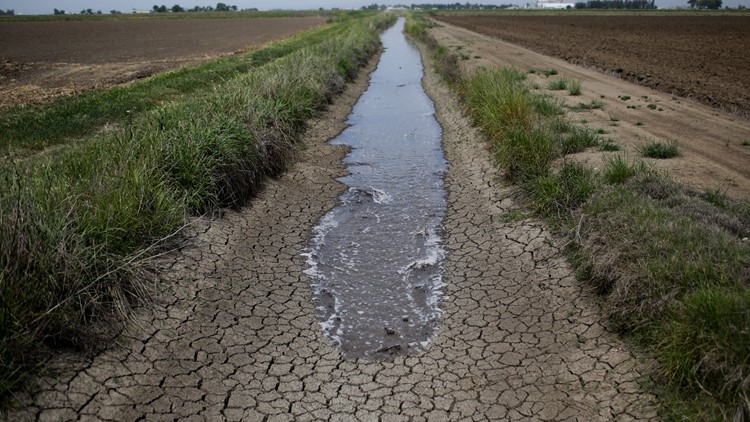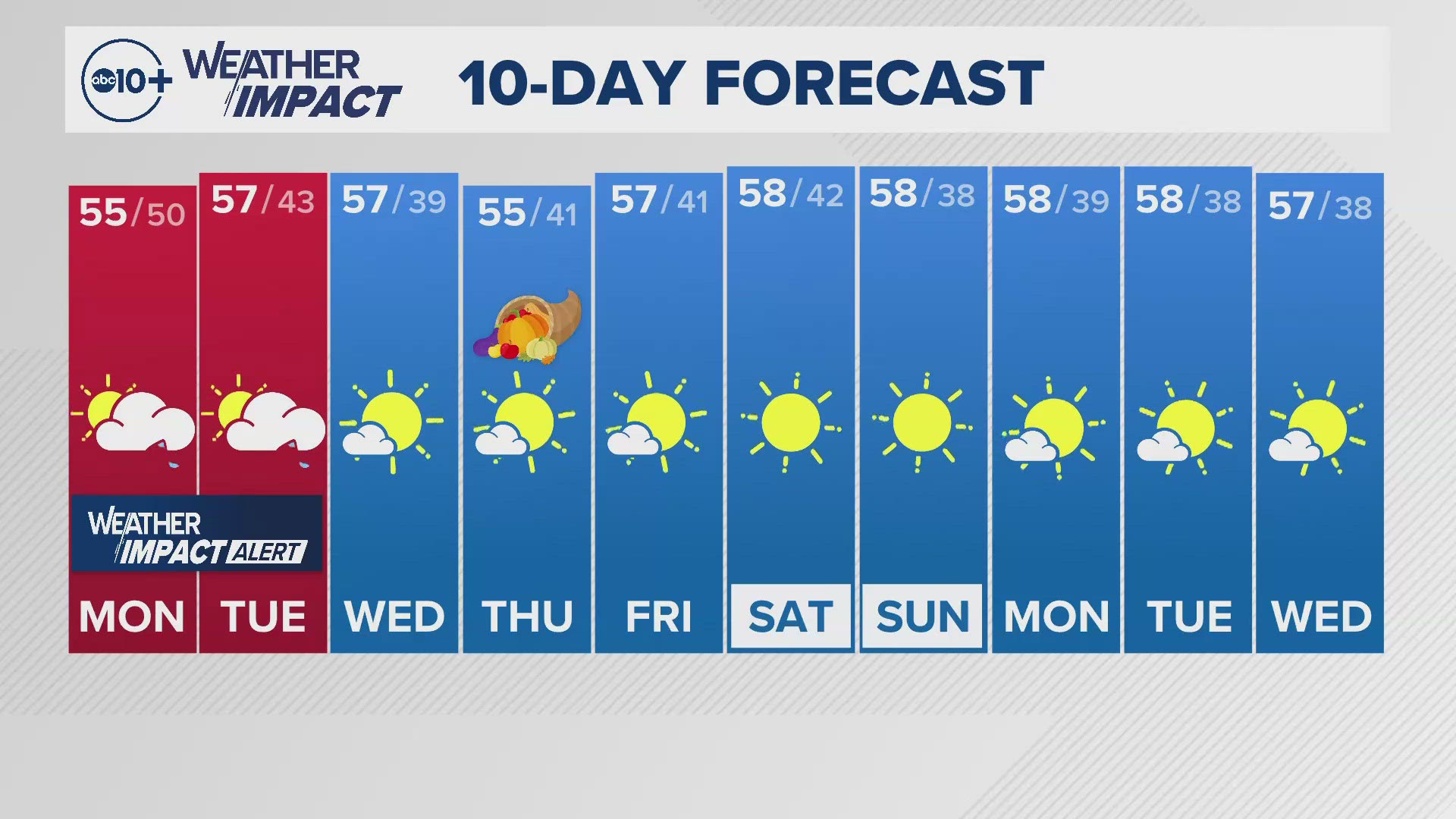SACRAMENTO, Calif. — California's drought situation has seen major improvements since the start of the water year in October. With the help of a record October rain and now record December snow, the state is seeing improvements from 46% of the state in exceptional drought to now under 1% of the state in exceptional drought.
The Department of Water Resources (DWR) says they are pleased with the results of rain and snowfall, but now is the chance to conserve this water into our reservoirs for future use.
“California is such a vast state with such different landscapes. You know, it really depends on where you live in the state. It's almost feast or famine" said DWR snow survey and forecast unit manager, Sean de Guzman.
De Guzman says improvements to their forecast technology is helping them track precipitation that is set to arrive and how much has fallen. Lidar is light detection and ranging technology that allows researchers to map the ground through GPS and use pulse lasers to reflect off the snow. This gives surveyors a 3D modeling of how much snow is actually out there.
"One of the programs that we are relying on is the airborne snow observatories. And so what this program is, is we're basically taking a measurement of snow, snow depth, as well as reflectivity of the snow or snow albedo. And, you know, people are used to seeing me out with a snow, to poking a hole in the snow, you know, every, you know, 50 feet or so was this lidar scanning device. We're able to basically do that almost in millions of places, you know, every five meter grid cell" de Guzman said.
"With a lot of these emerging and proven technologies that are out there, we're actually planning on using that, and almost redoing how we've always done our reservoir operations" he added.
The Department of Water Resources doesn't plan to stop their monthly snow surveys with a pole measurement, but hope to be able to use it in conjunction with the lidar they are seeing in the sky
"With the forecast informed reservoir operations program, we're able to actually use the forecasts of precipitation and say, well, that precipitation isn't that much to actually fill up to this point. So we can actually hold this water that may not actually, you know, necessarily run off so that way, we can actually conserve more water and use the water more wisely and manage it better" de Guzman said.
WATCH ALSO:



